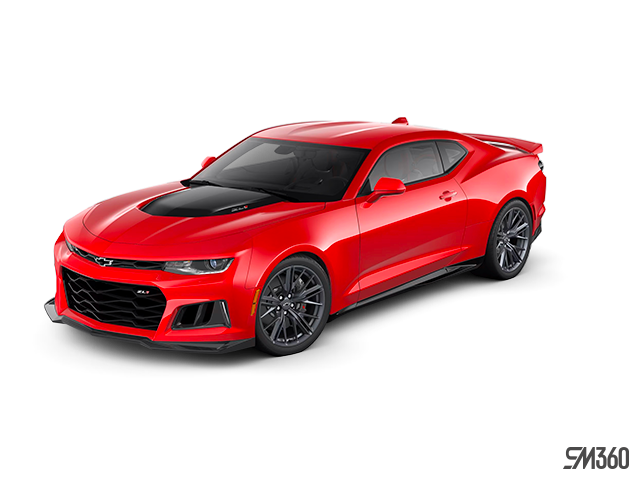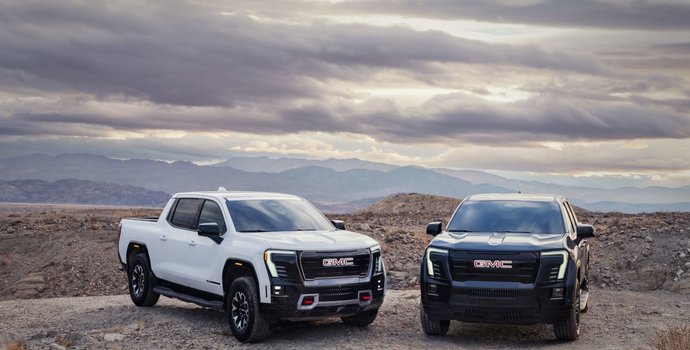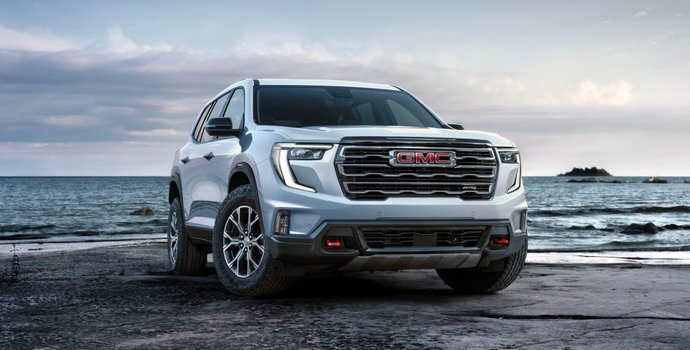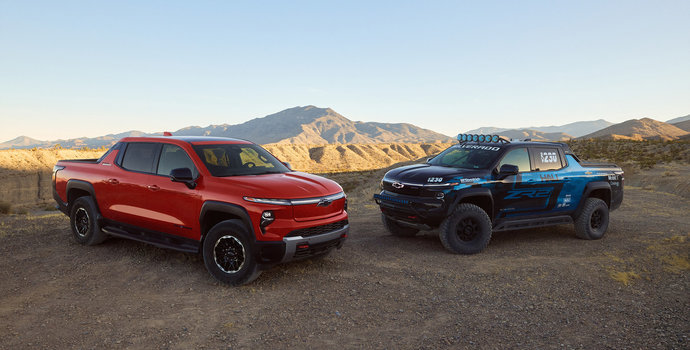Cars have come a long way from the days when a dashboard was only consulted to find out how fast you were going, what your RPMs were, or how much gas was left in the tank. The dashboard, by design, has been created to quickly convey information about your vehicle's state of operation, without requiring you to take your eyes off the road for long periods.
Today’s dashboards, however, have a wealth of information available. Most of this is displayed through symbols so that you don’t have to spend time reading. But do you know what all those symbols mean? We’re going to tell you what important symbols on your car dashboard mean for better Chevrolet car care.
1. Malfunction Indicator or Check Engine Dashboard Symbol
 Always keep an eye out for this symbol. It is in the shape of an engine, and while it does not tell you what the specific issue is when it does come on, you know that you should be getting professional attention if you’re not familiar with car mechanics yourself. The problem may be related to the engine itself, or the emissions system, but if this comes on and remains steady, or flashes on and off, both types of display tell you there’s a big problem.
Always keep an eye out for this symbol. It is in the shape of an engine, and while it does not tell you what the specific issue is when it does come on, you know that you should be getting professional attention if you’re not familiar with car mechanics yourself. The problem may be related to the engine itself, or the emissions system, but if this comes on and remains steady, or flashes on and off, both types of display tell you there’s a big problem.
2. Charging System Dashboard Symbol
 This symbol looks like a car battery with a negative and positive symbol inside the battery. The charging system indicator, if it comes on, means there’s an issue with your car’s energy, and that it may even be running off the battery at this point. This drain on your system may soon mean your car will no longer be able to operate. It’s advised to disable any devices that may be using up battery power, to conserve power until you can get proper professional attention.
This symbol looks like a car battery with a negative and positive symbol inside the battery. The charging system indicator, if it comes on, means there’s an issue with your car’s energy, and that it may even be running off the battery at this point. This drain on your system may soon mean your car will no longer be able to operate. It’s advised to disable any devices that may be using up battery power, to conserve power until you can get proper professional attention.
3. Engine Coolant Temperature Dashboard Symbol
 Your engine operates best within defined temperature parameters. If the engine gets too hot, given enough time, this will eventually damage and stop the engine from operating. Therefore, when you see the temperature symbol, which looks like an old fashioned, analogue thermometer, you should always take heed. If you’re near a service center, stop and get it looked at. If not, stop driving, let the engine cool down, and call for assistance.
Your engine operates best within defined temperature parameters. If the engine gets too hot, given enough time, this will eventually damage and stop the engine from operating. Therefore, when you see the temperature symbol, which looks like an old fashioned, analogue thermometer, you should always take heed. If you’re near a service center, stop and get it looked at. If not, stop driving, let the engine cool down, and call for assistance.
4. Tire Pressure Monitor Dashboard Symbol
 Today’s cars know just how much pressure is in your tires, so you don’t have to worry about needing to pre-emptively check that pressure at service stations. Now, if you see the “horseshoe” shaped light with an exclamation point come on, your car is telling you the air pressure in your tires is too low. Ignore this, and you will start to suffer from traction and other performance issues.
Today’s cars know just how much pressure is in your tires, so you don’t have to worry about needing to pre-emptively check that pressure at service stations. Now, if you see the “horseshoe” shaped light with an exclamation point come on, your car is telling you the air pressure in your tires is too low. Ignore this, and you will start to suffer from traction and other performance issues.
5. Oil Pressure Indicator Dashboard Symbol

Oil is a lubricant, ensuring that different parts of your engine move smoothly, without friction that impairs performance. A constant application of oil at the right pressure ensures optimal performance, so if the pressure is dropping, your engine’s efficiency and performance become seriously compromised. This requires immediate attention if your oil pressure indicator is telling you that the pressure is too low.
6. Traction Control System (TCS) Dashboard Symbol

The TCS is a refined version of the anti-lock braking system that is designed to help drivers get better control on the road without needing to use older, manual methods to achieve better traction, such as “feathering” the gas pedal to prevent tires from spinning too much.
When starting your car, this symbol comes on briefly and then shuts off, as the car checks and confirms the system is working. If the symbol comes and stays on or flashes repeatedly, this indicates TCS is no longer protecting you. The symbol looks like another “horseshoe” but this time with the letters TC inside.
7. Seatbelt Indicator Dashboard Symbol
 This symbol comes on every time you start the car and is accompanied by a chime reminding the driver and passengers to strap in with the seatbelt. This is a critical safety feature, but it is also the law in Ontario. Keep yourself and your passengers safer by obeying the signal. Also, note that the signal is “weight-based,” and if a heavy object is placed in the back seat, this may activate this indicator. You may need to “strap in” the object to get the indicator to stop if this is the case.
This symbol comes on every time you start the car and is accompanied by a chime reminding the driver and passengers to strap in with the seatbelt. This is a critical safety feature, but it is also the law in Ontario. Keep yourself and your passengers safer by obeying the signal. Also, note that the signal is “weight-based,” and if a heavy object is placed in the back seat, this may activate this indicator. You may need to “strap in” the object to get the indicator to stop if this is the case.
8. Brake or ABS Warning Light Dashboard Symbol

Brakes are a crucial part of your car’s control system, allowing you to slow down and stop. If you see the exclamation point in a circle come up on your dashboard, exercise caution and get professional attention as quickly as possible.
A malfunctioning brake system can lead to serious accidents, turning your vehicle into a big risk not just for you but for other vehicles on the road as well. Consider getting off the road and calling for assistance if you’re already noticing a lack of responsiveness from your braking system
9. Airbag Indicator Dashboard Symbol

Just like with the brake or ABS indicator, the airbag indicator comes on briefly as the car runs a system check to ensure that everything is working as intended. If this light comes on but then stays on, this means there’s an issue with the airbag, likely with the electrical system, and you are driving without the protection of this system until you get it inspected and serviced.
10. FCA Indicator Dashboard Symbol

FCA stands for “Forward Collision Alert,” and the symbol looks like the rear of a car. This is a monitor put in place to warn drivers that they are approaching the vehicle in front of them too fast, and the warning indicates they should brake to reduce speed and increase the distance to the other vehicle. This indicator is designed to warn drivers to brake, and therefore reduce the damage from or avoid a rear-end collision with the vehicle in front of them.
By paying attention to these symbols on your Chevrolet vehicle, you can enjoy a safer, smoother driving experience. Don’t ignore them when they come up; your car is trying to tell you something!







